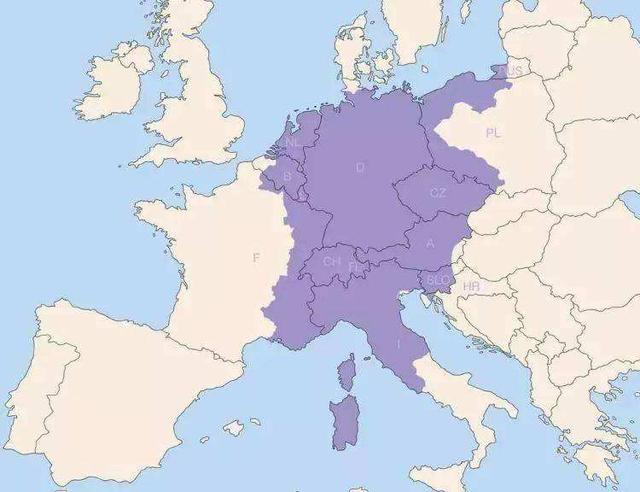原料油
原料油是指可以用于制造柴油、汽油等石油产品的原材料,具有特定的粘度、重量、成分及规格,常见的原料油包括石油、汽油精制品、溶剂炼裂原油和直馏油。它可以用来生产多种其它产品,也可以单独出售。
(一)石油
石油是一种褐色、发黑臭的液体,主要成分为烃、烷、醇以及其它含有氢、氧或硫的元素。石油可以原油提炼法分解出多种成份,包括汽油、柴油、润滑油、液体煤、染料、砂轮复合剂等。由于其初始结构造成,石油可以划分为五大种类:原油、提油、原煤、润滑油和邻烯烃衍生物。
(二)汽油精制品
汽油精制品是一种类似石油的液体,也由烃、烷、醇、氢、氧和硫组成,但其成份可能有轻微不同。汽油精制品通常用于精炼石油组分,以获得特定重量和粘度的原料油,通常用于制造汽油和柴油。
(三)溶剂炼裂原油

溶剂炼裂原油是用溶剂(如氯仿或溴甲烷)萃取石油和煤得到的液体燃料原材料。溶剂炼裂原油含有碳氢化合物主要有烷烃、醇、烯烃和微量杂质,可以用于制备石油和汽油精制品或制造柴油。
(四)直馏油
直馏油是通过两次馏分技术得到的低粘度基料油,它可以通过流体化床分解馏分以获得汽油、柴油和煤油等组分,以便它可以用来制备汽油和柴油,也可以单独作为原料油出售。
总的来说,原料油是重要的石油产品原材料,在汽油、柴油、煤油、润滑油等油品制造过程中大量使用。此外,它还可以当做消费品,在大面积使用机器的行业,如建筑工程、矿山行业等都有使用原料油的趋势。
原料油英文
Raw oil, also known as crude oil, is a naturally occurring, flammable liquid found in rock formations in the earth’s crust. It is a complex mixture of various hydrocarbons that can be further separated into very light (lightest hydrocarbons) and very heavy (heaviest hydrocarbons) fractions or components by distillation and other refining processes.

The crude oil mixture, in general, contains over 8,000 different individual chemical components, or hydrocarbons, that are made of elements of hydrogen and carbon molecules. Crude oils vary in composition, depending on their source and geographic location, but generally contain large quantities of alkanes (paraffins), cycloalkanes (naphthenes) and aromatics, as well as sulfur, nitrogen, and oxygen containing compounds.
The boiling range of hydrocarbons and the onset of desired separation temperatures can be identified using laboratory tests including true and simulated distillation, density measurement, gas chromatography and spectrophotometry. Depending on the boiling point, the resulting components can be divided into fractions such as gasoline, kerosene, diesel, and residual for heavier hydrocarbons.
Light hydrocarbons such as gasoline, diesel fuel and kerosene are usually separated from crude oil by distillation, whereas heavier hydrocarbons are converted or “cracked” into gasoline and diesel fuel through the use of thermal cracking processes, catalytic cracking processes or hydrocracking processes.
Crude oil that has been through all of the refining or separation processes is referred to as “refined petroleum” which can be further distilled to separate heavier components or blended to create products that are ultimately used in a multitude of applications.
Knowing and understanding the base components of raw oil is extremely important to the selection and application of appropriate refining and separation processes. As the global demand for oil and refined products continues to increase, more efficient, sustainable, and cost-effective processes for managing and refining raw oil are necessary for providing an adequate supply of the hydrocarbons necessary to support the world’s economy.







